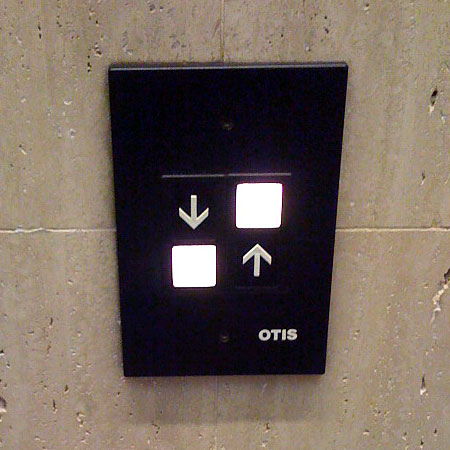- Harmony
- Color
- Asymmetric
- Sharpness
- Flatness
- Exaggeration
Contrast
Monochrome
Monochrome
Symmetric
Diffusion
Depth
Depth
Understatement
Above are two posters from a kitchen utensils company: WMF and an automobiles company: BMW. By comparing and contrasting the differing results between the two design works produced by the different combinations of techniques, we can see that these two posters actually created by a polar-pair visual technique. In other words, the visual techniques that are applied on these two posters are opposite.
First, the scene in the WMF's poster is very harmony in color while the BMW's poster is in high contrast. For instance, the green and orange color of the carrot in WMF's poster creates a very agreeable and natural feeling. On the other hand, the dark gray BMW automobile appears in a white background creates a very strong contrast in color and tone.
Secondly, the composition of WMF's poster is asymmetrical while the composition of BMW's poster is (almost) symmetrical. This makes the BMW's poster well-balanced, yet the WMF's poster is still visually balanced.
Thirdly, The overall design of the WMF's poster is emphasizing on the sharpness and clearness of the image (product) in the poster while the BMW's poster is more promoting their automobile in a scene that obtains depth. The depth is created by the use of the diffusion visual technique.
Last but not least, The slogan of the WMF's poster: "Sharper than your think" and the image of the poster utilizes exaggeration technique. The image in the WMF's poster implies that their knife is so sharp that it will cut through the cutting board when user is cutting a carrot. Basically, It backs up the slogan that WMF's knifes are very sharp. On the other hand, the slogan and the image of the BMW's poster is relatively understated. It don't have a outstanding slogan or use exaggerated technique.




















